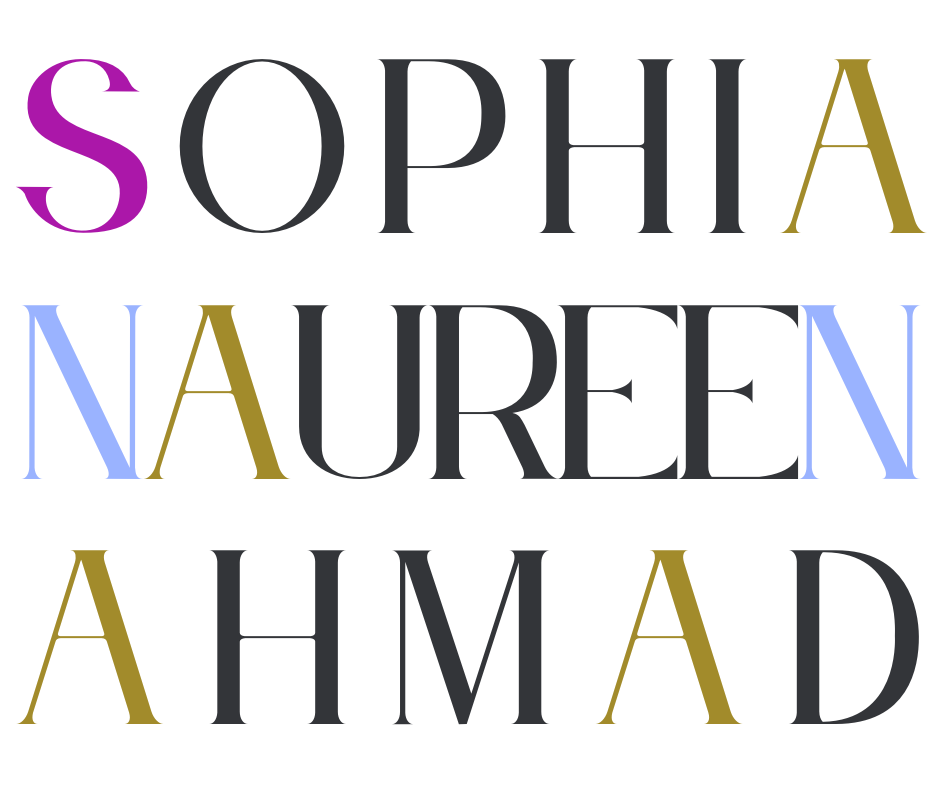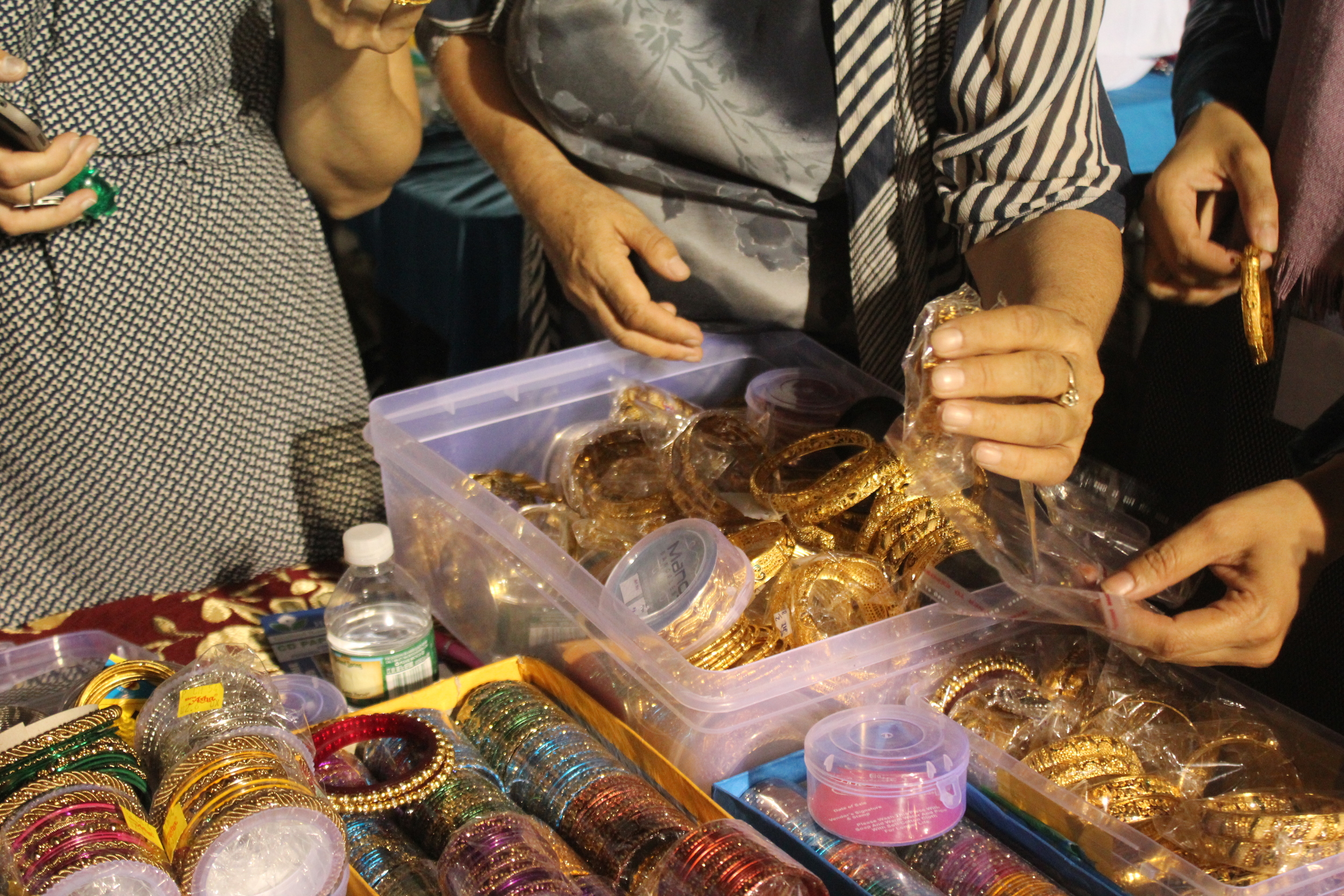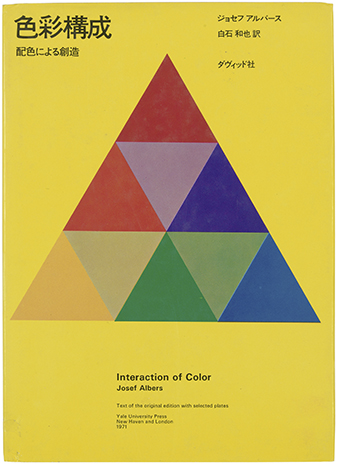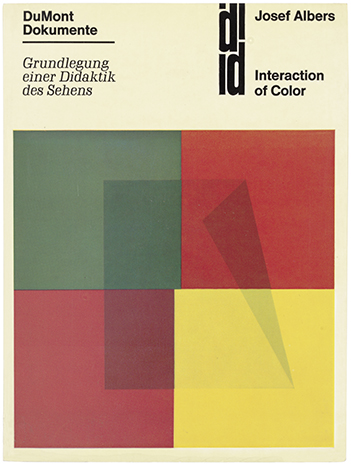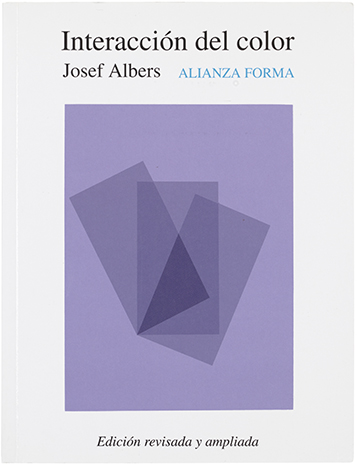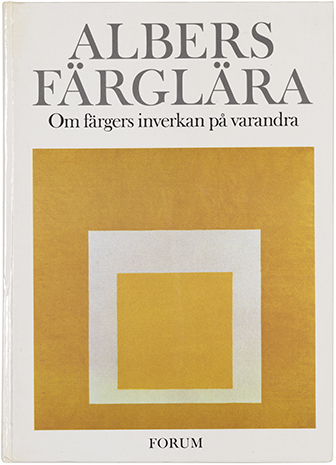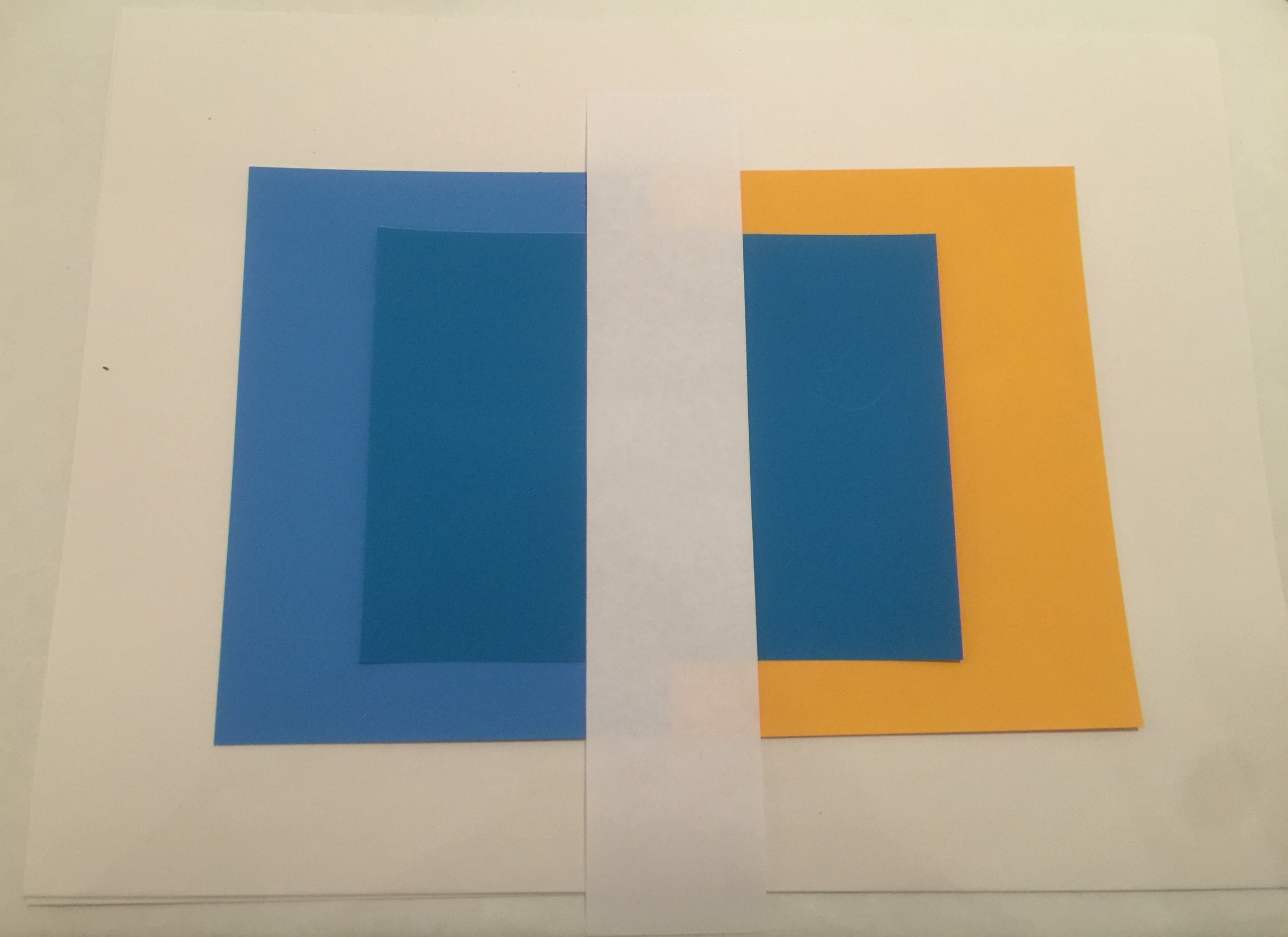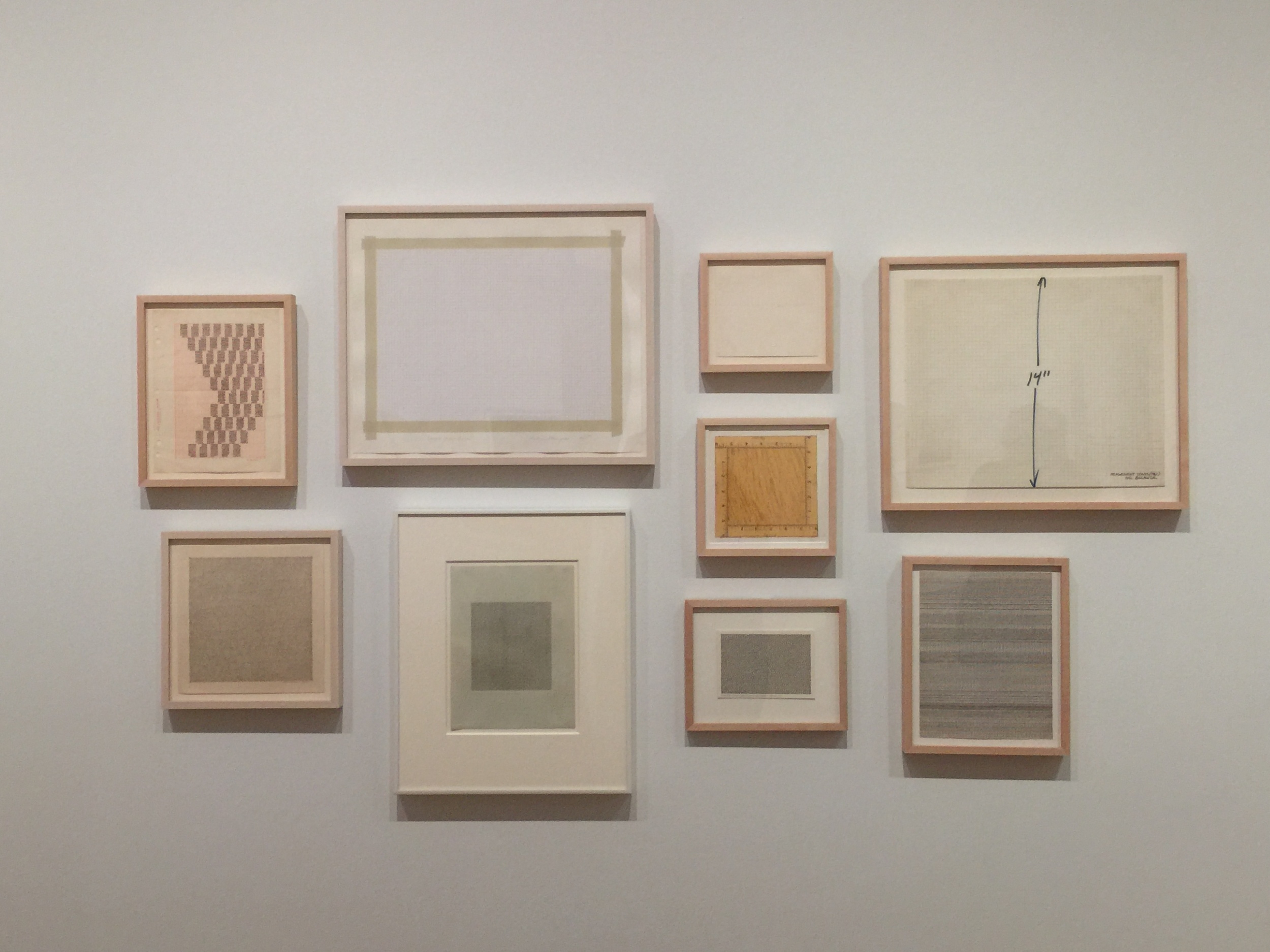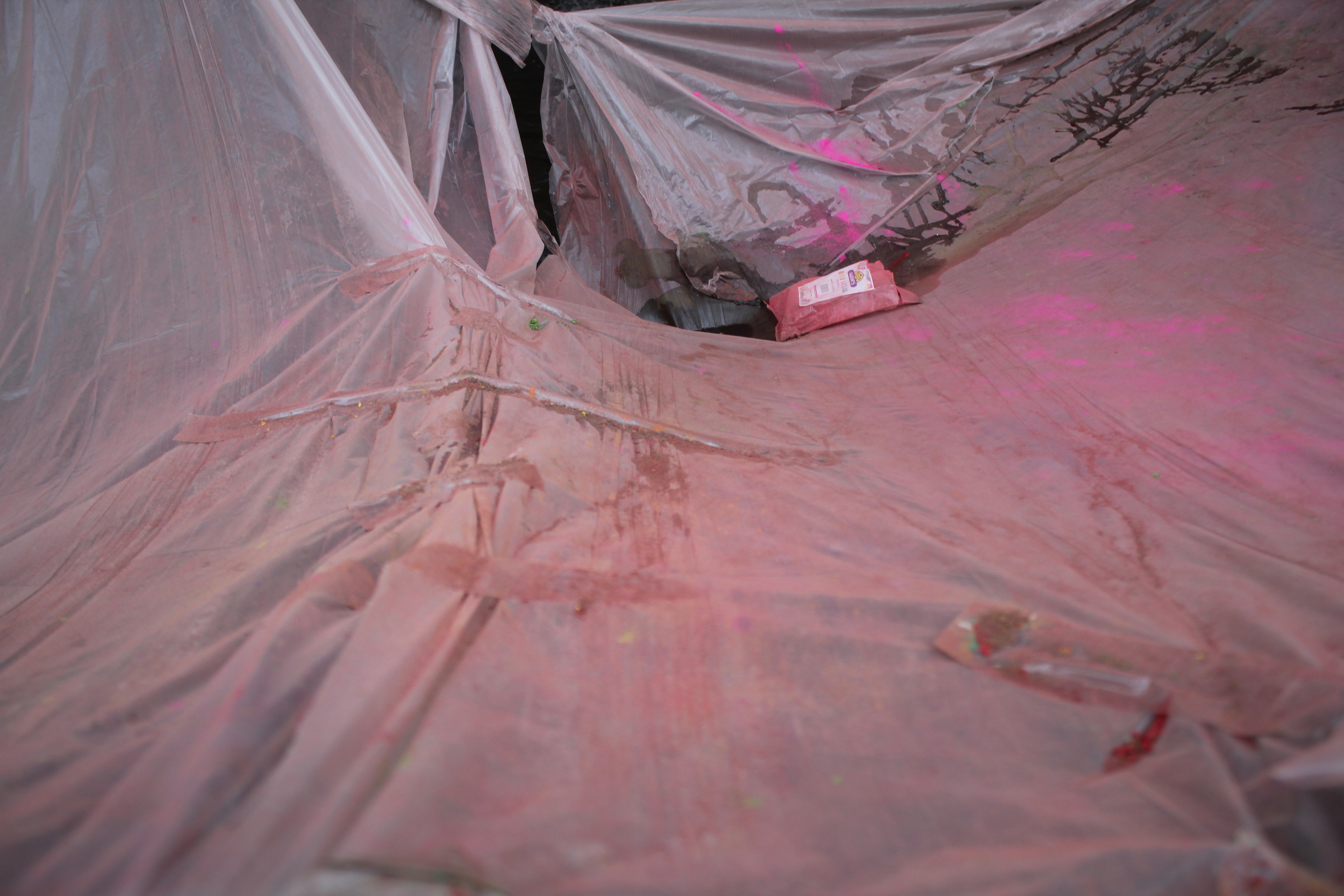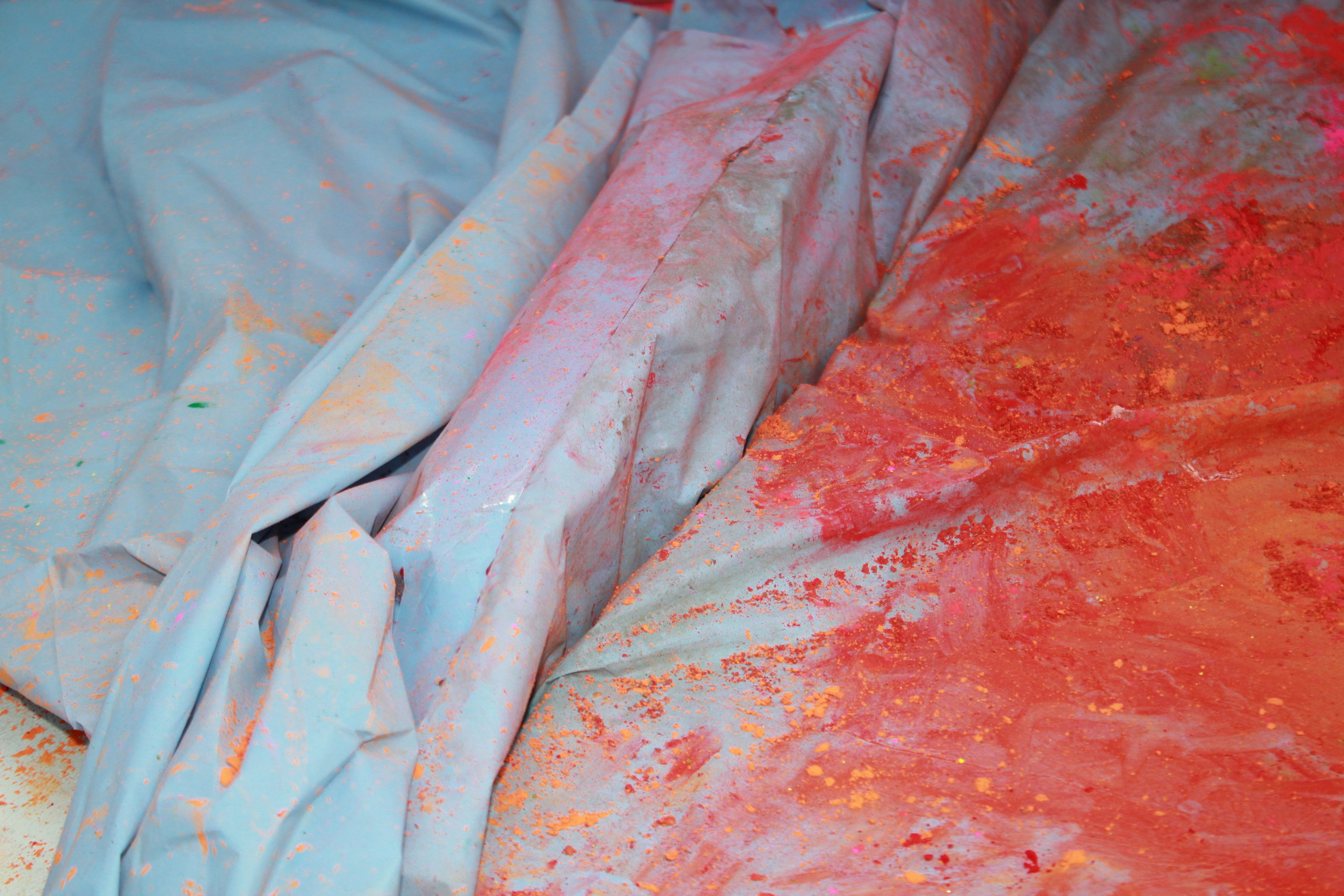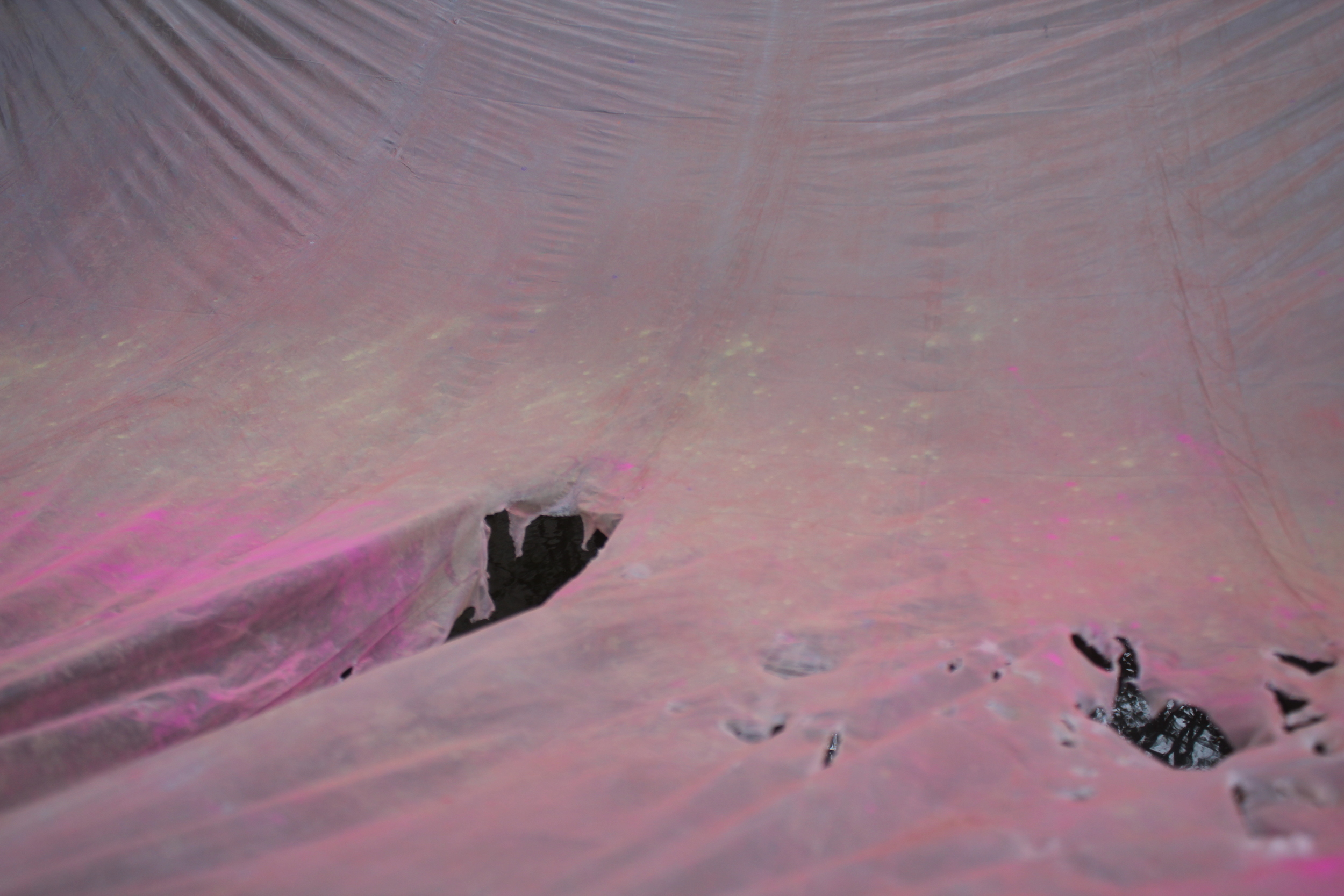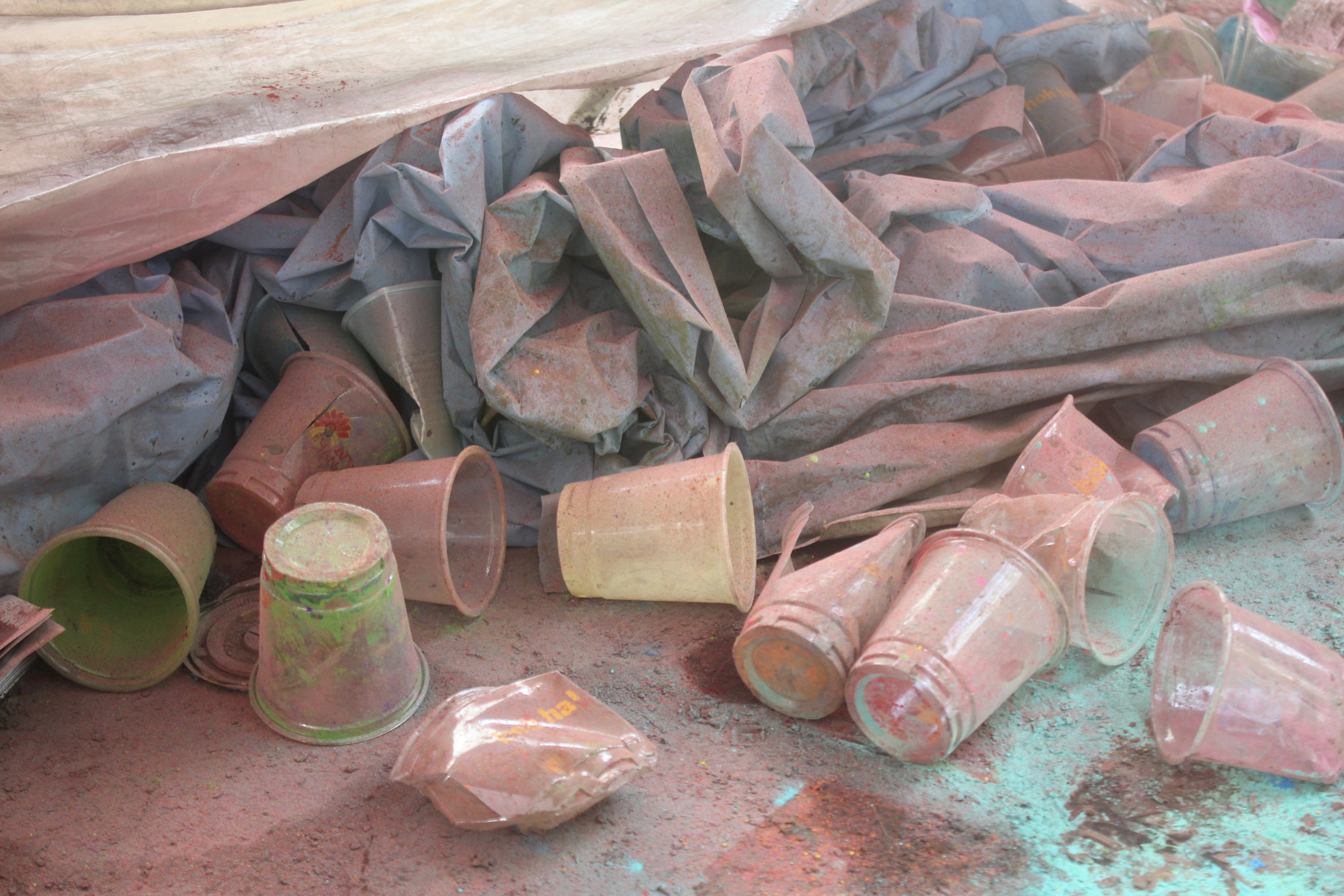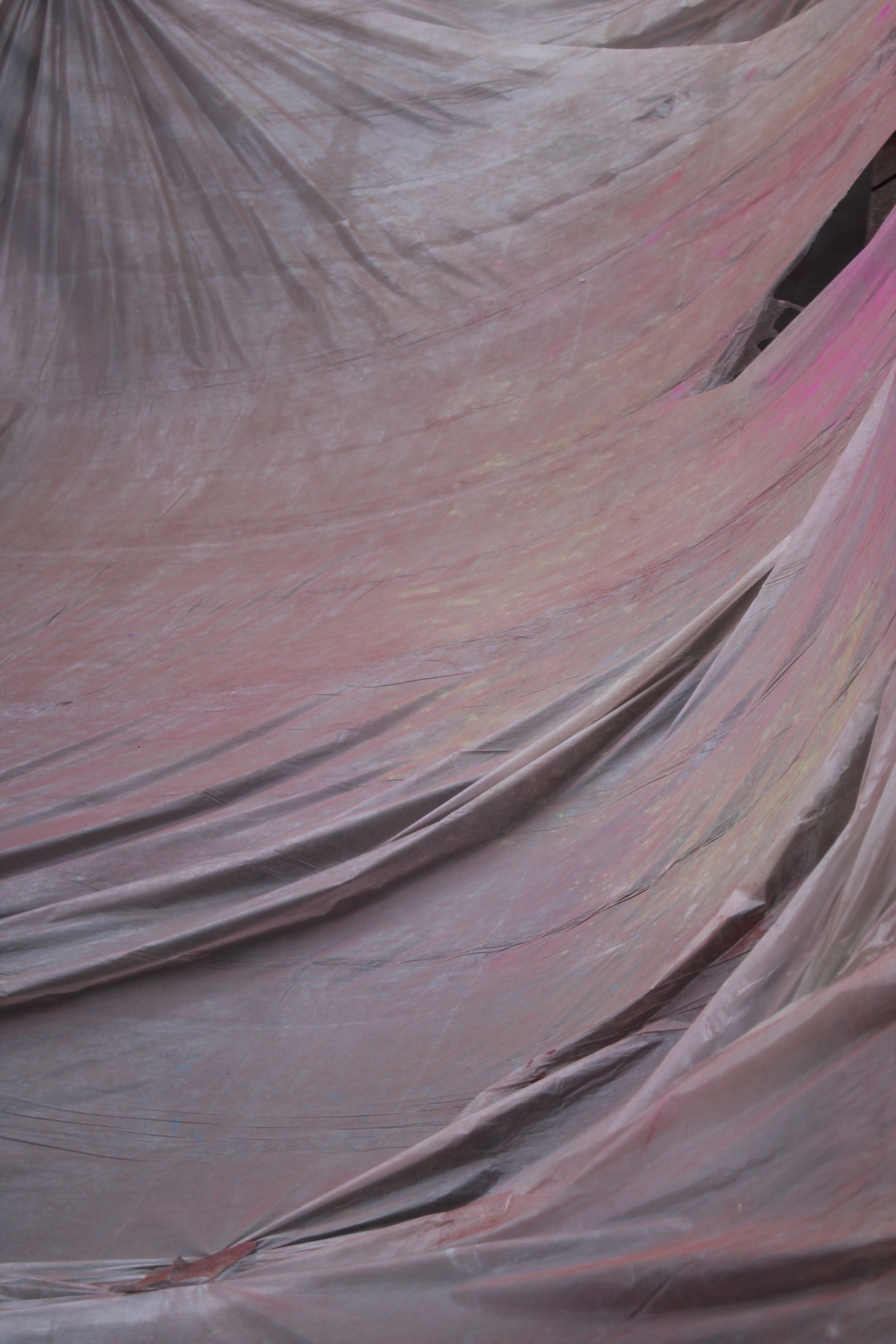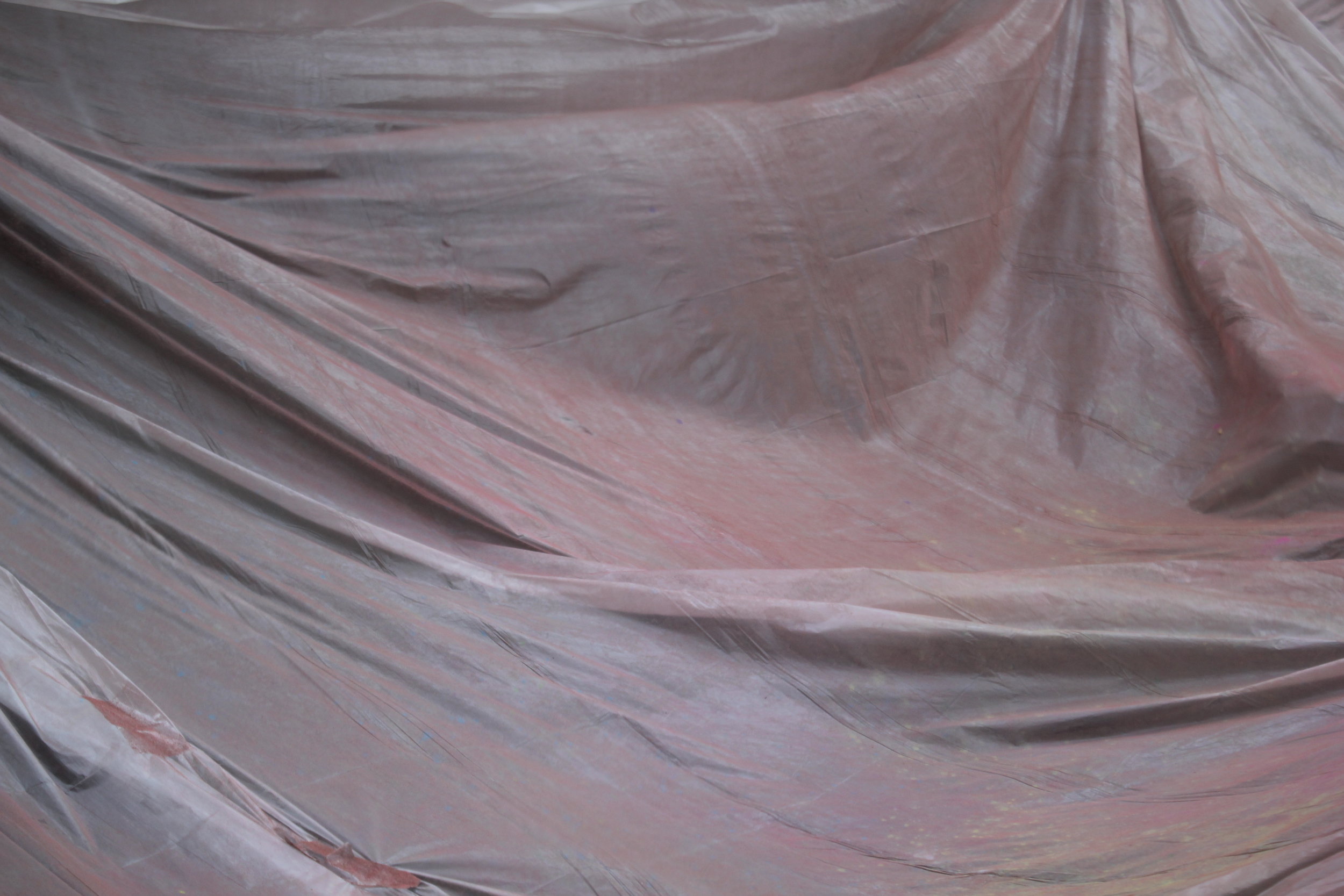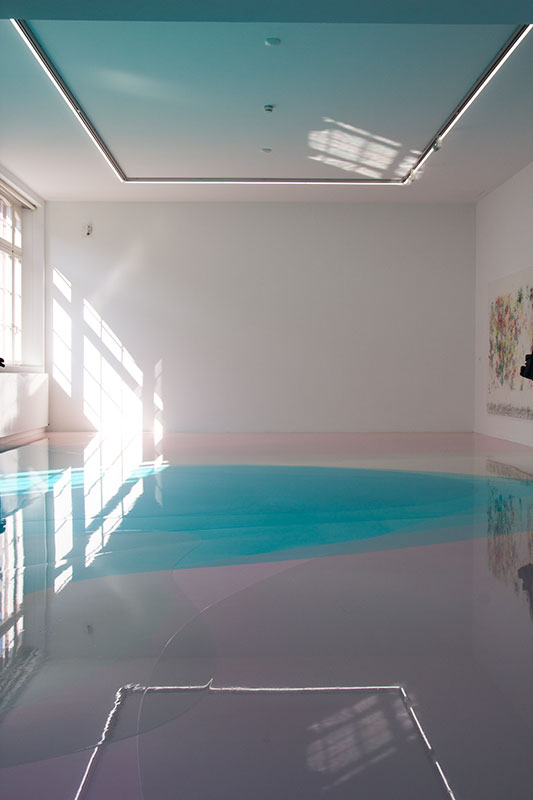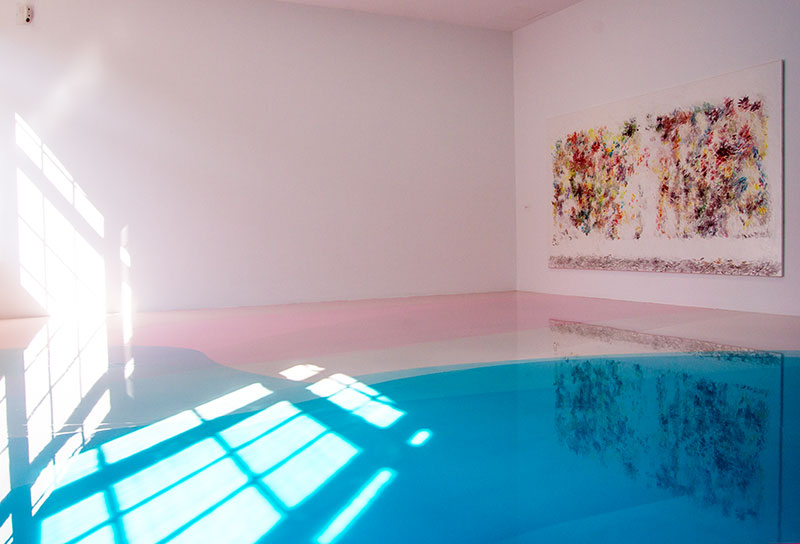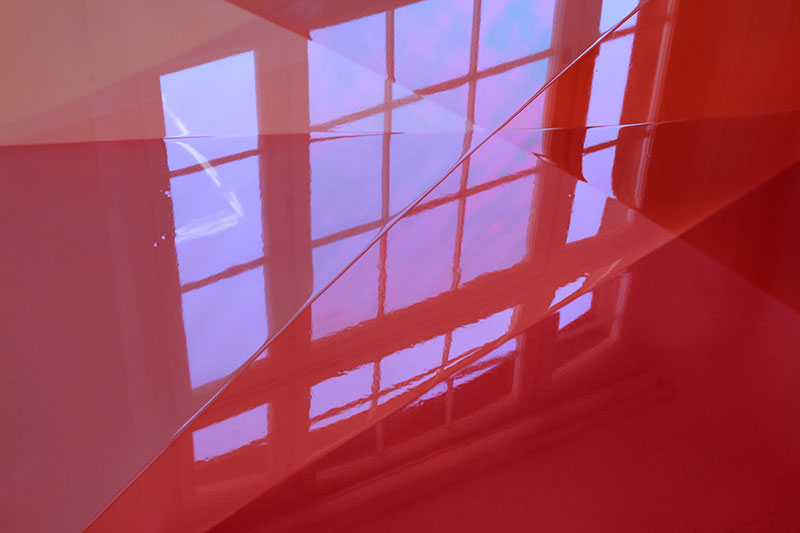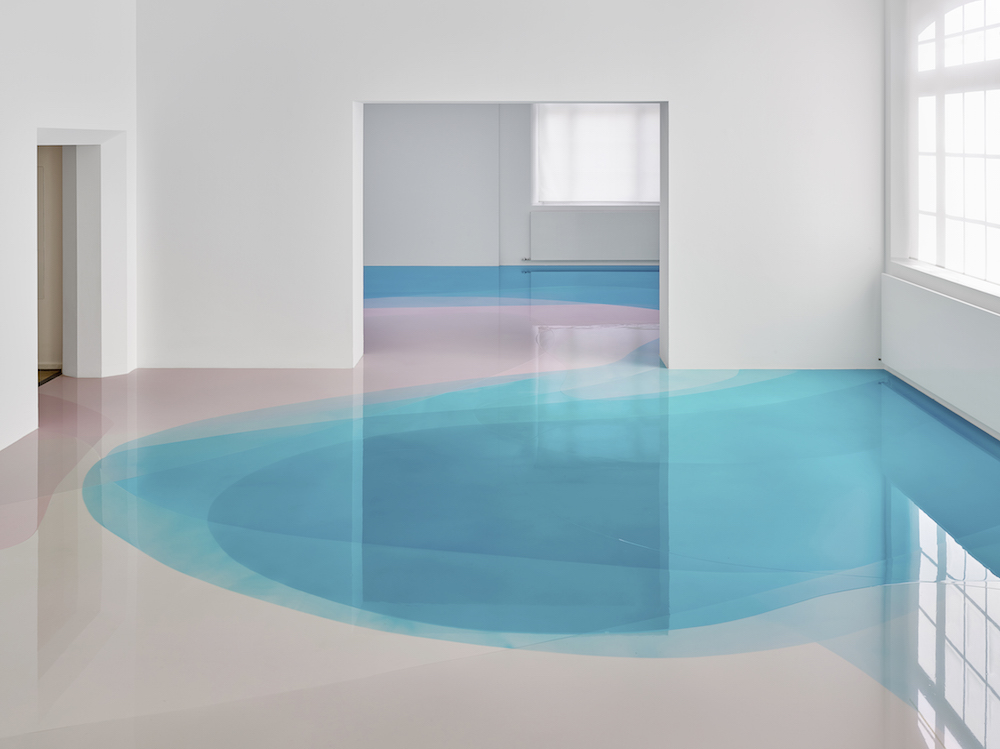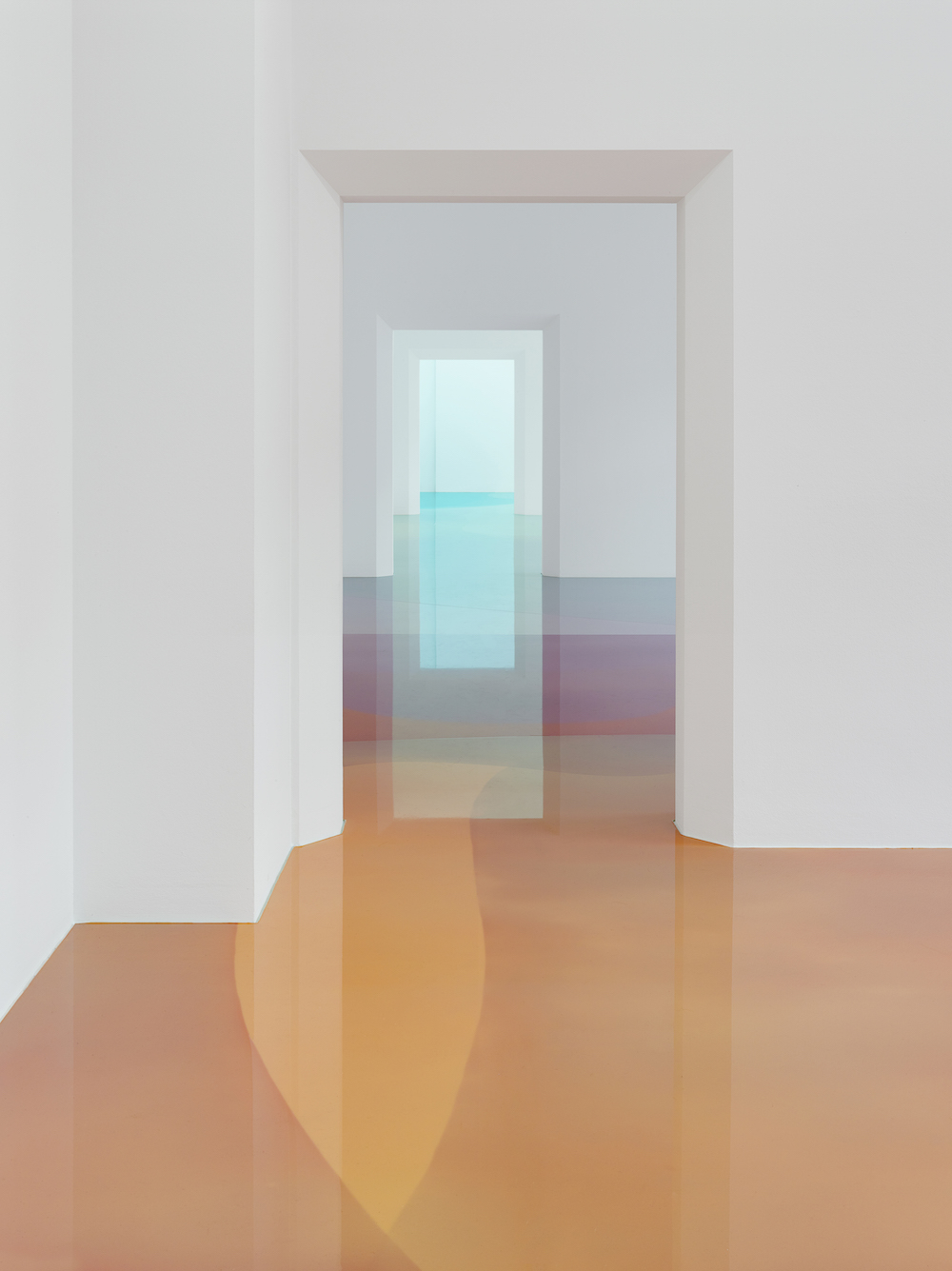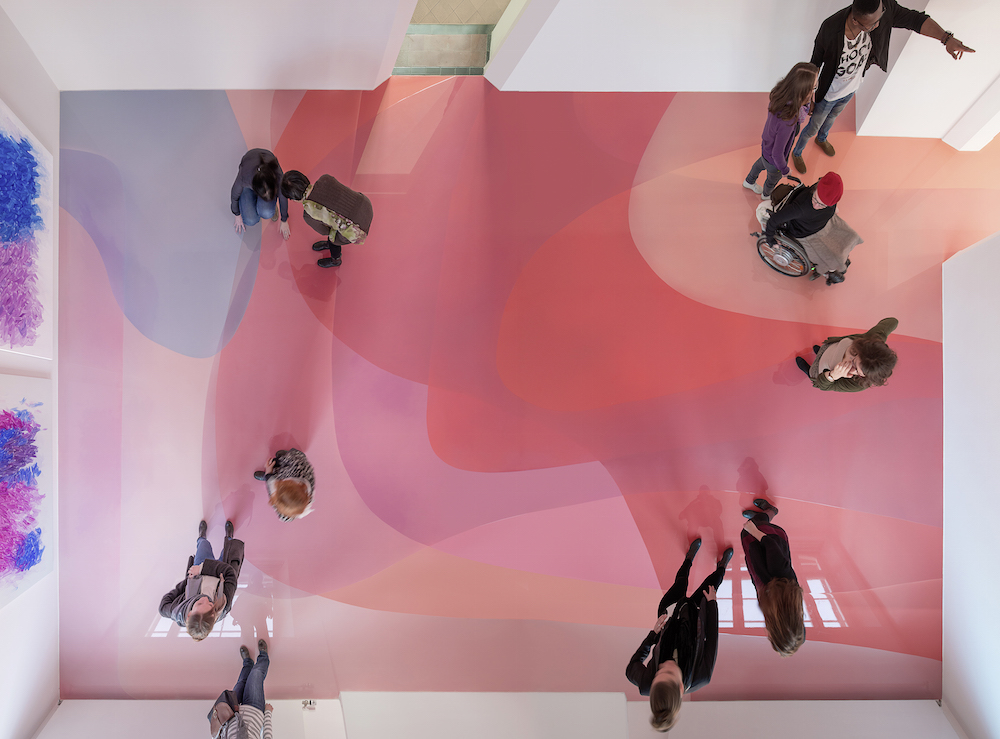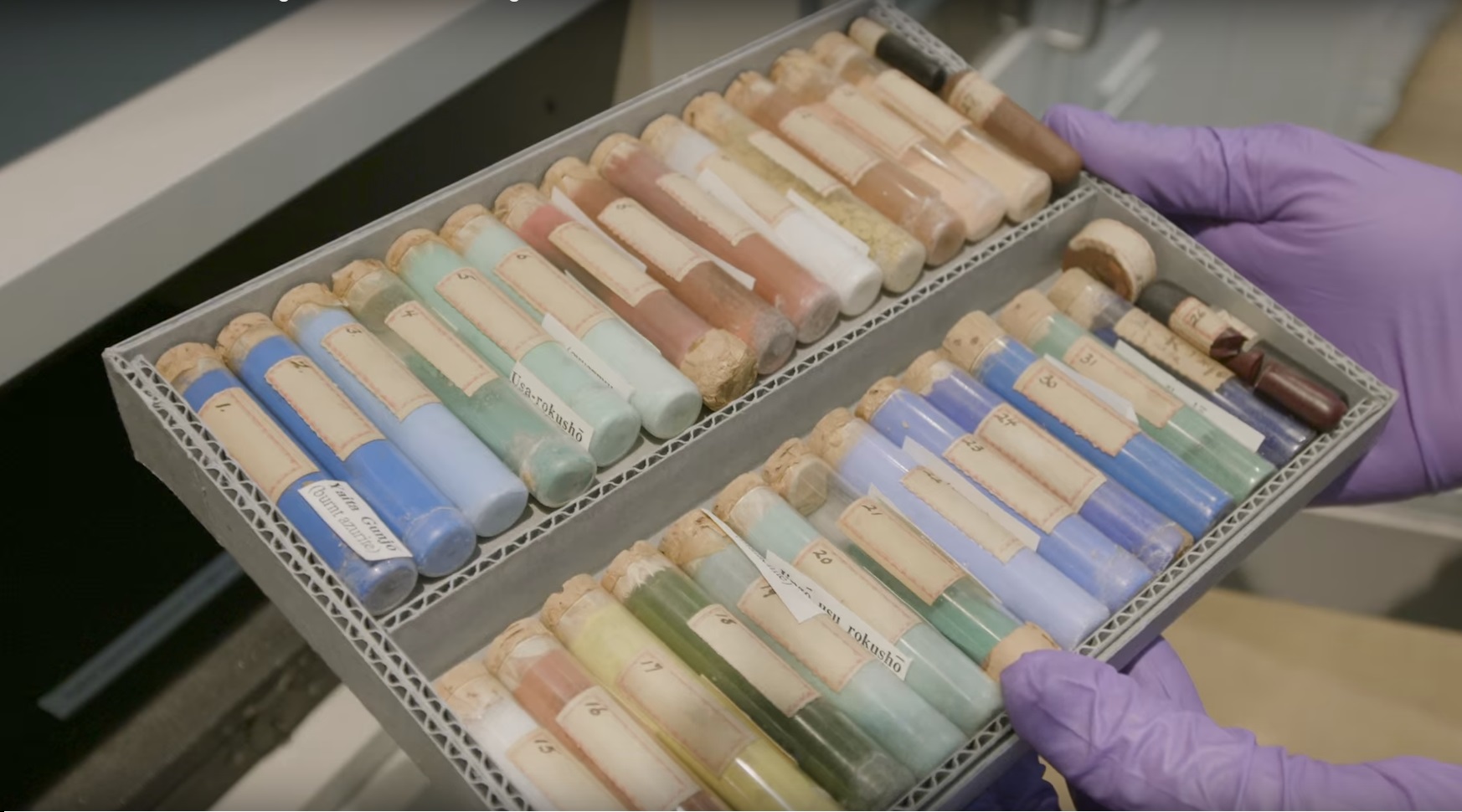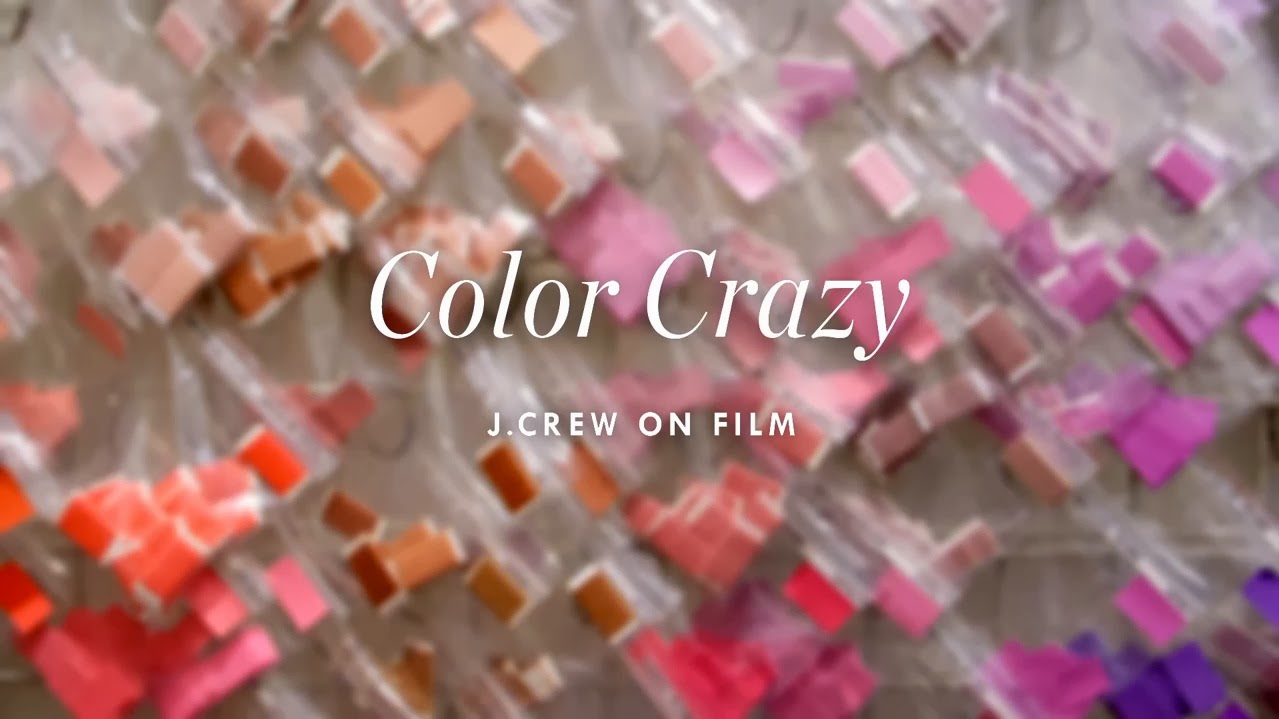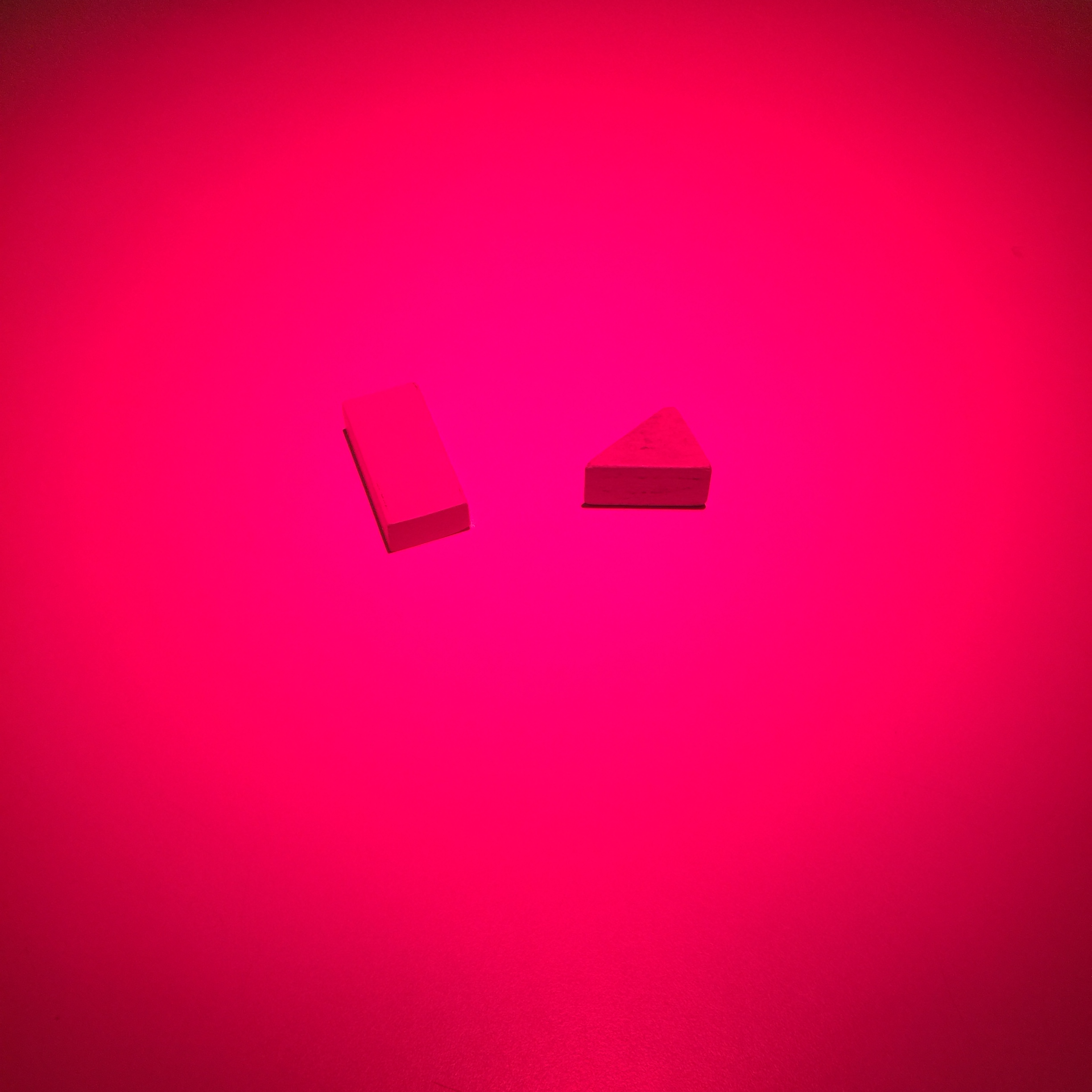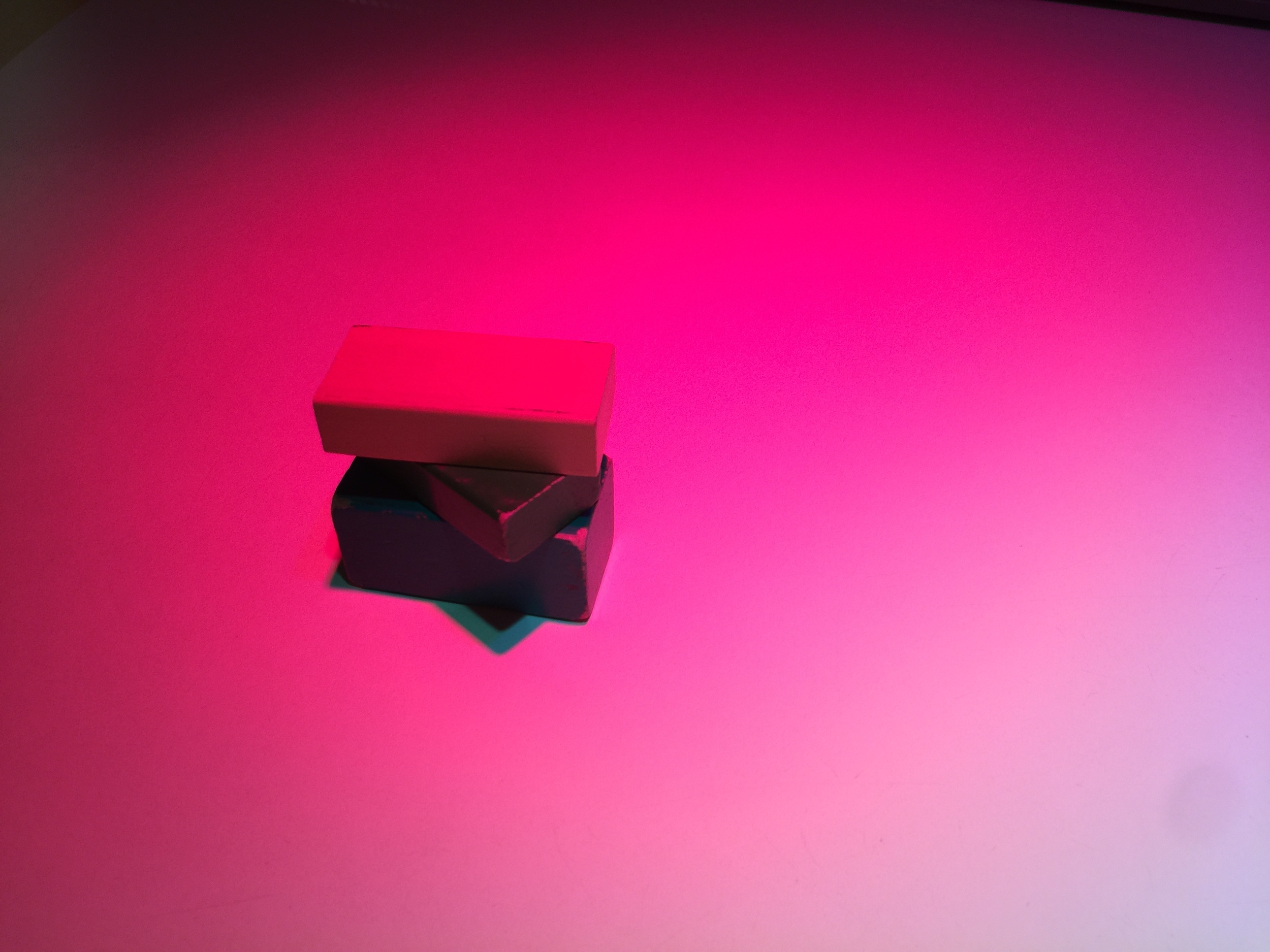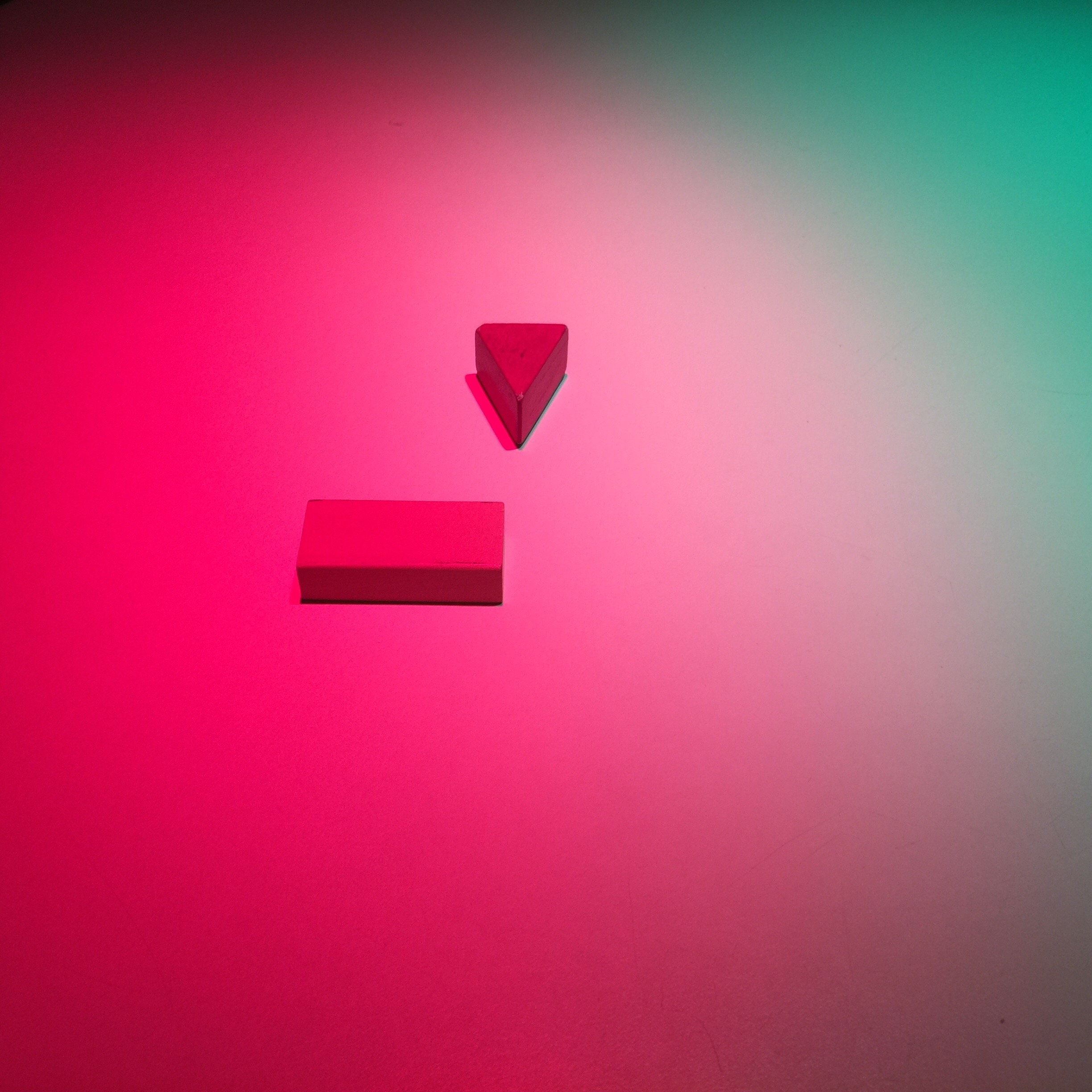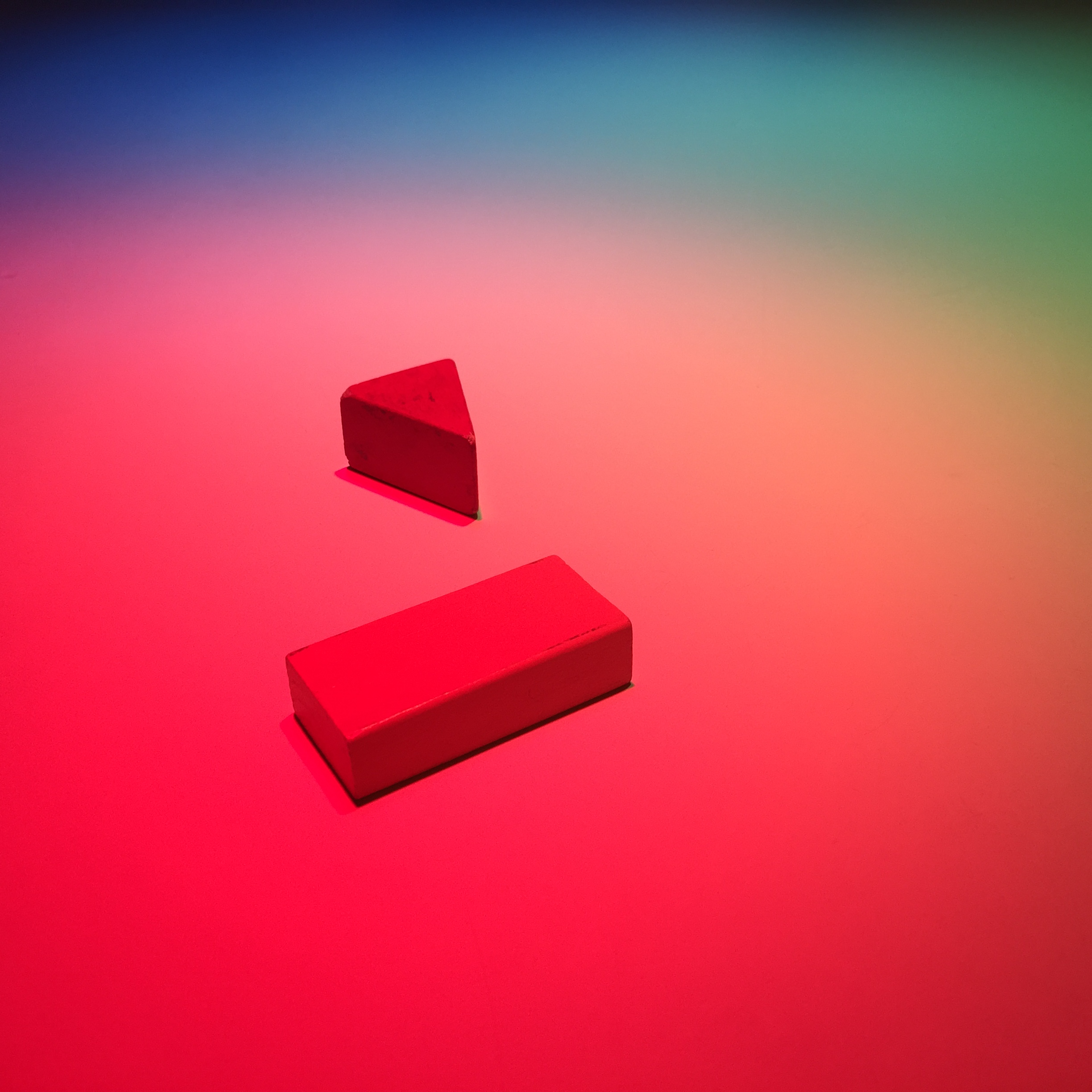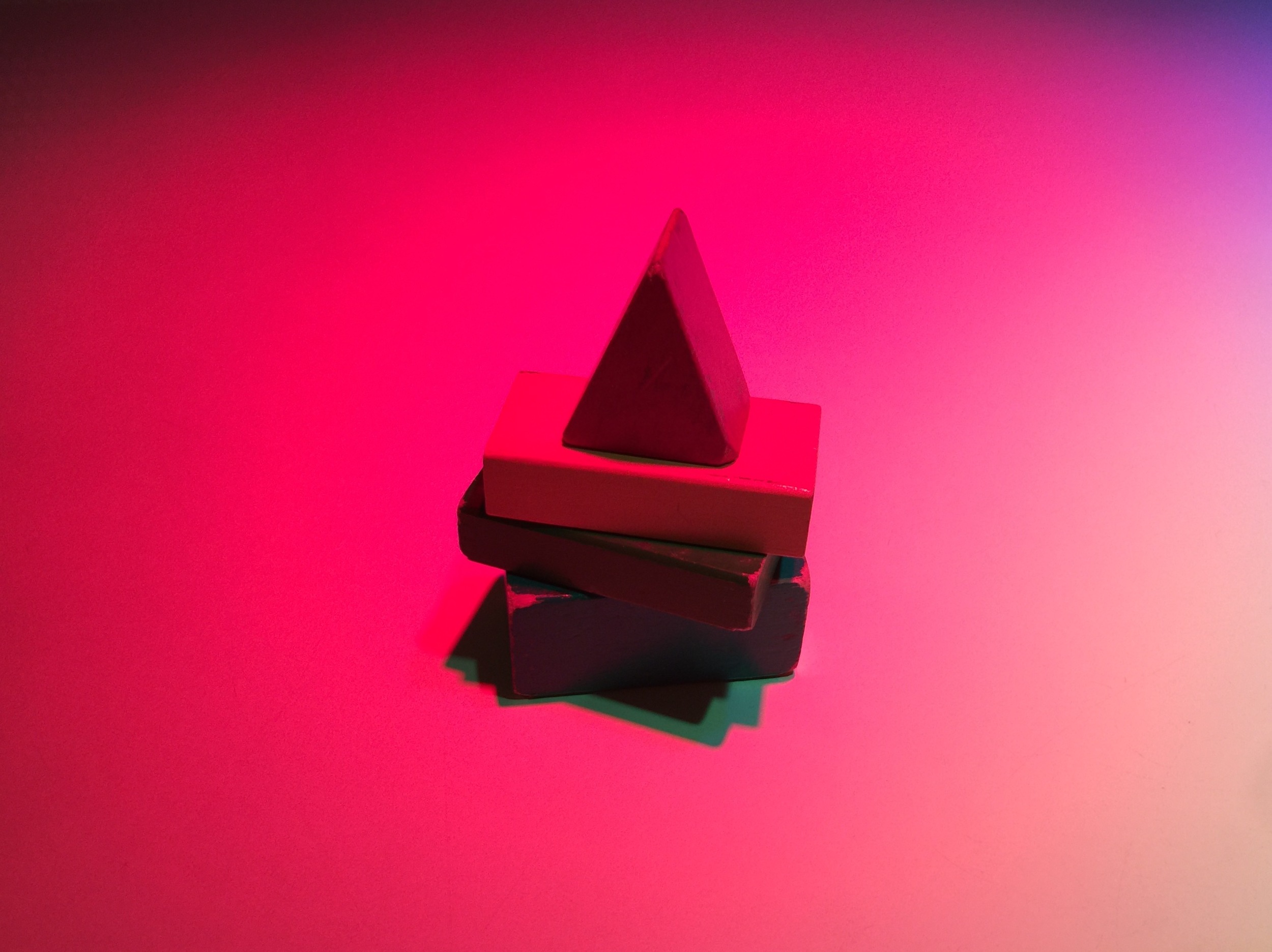Every year on the eve of Eid-ul-Fitr, it's tradition among South Asian Muslims to celebrate Chaand Raat (meaning “night of the moon” in Urdu). On the last night of Ramadan, people gather in public to break fast and spot the new moon, which marks the arrival of Eid.
There’s music and devotional singing. Women have their hands painted with henna, or mehndi, as it's known in Urdu. It's the perfect time for last minute Eid shopping with plenty of sweets, toys, clothes and jewelry for sale.
On Brooklyn's Coney Island Avenue, there are a few blocks comprising Little Pakistan, a neighborhood where this celebration happens every year. I was away from home this Ramadan, and coming from a Pakistani family, I felt a strong pull to join in the festivities.
I brought along my best friend and muse, Nkiru.
